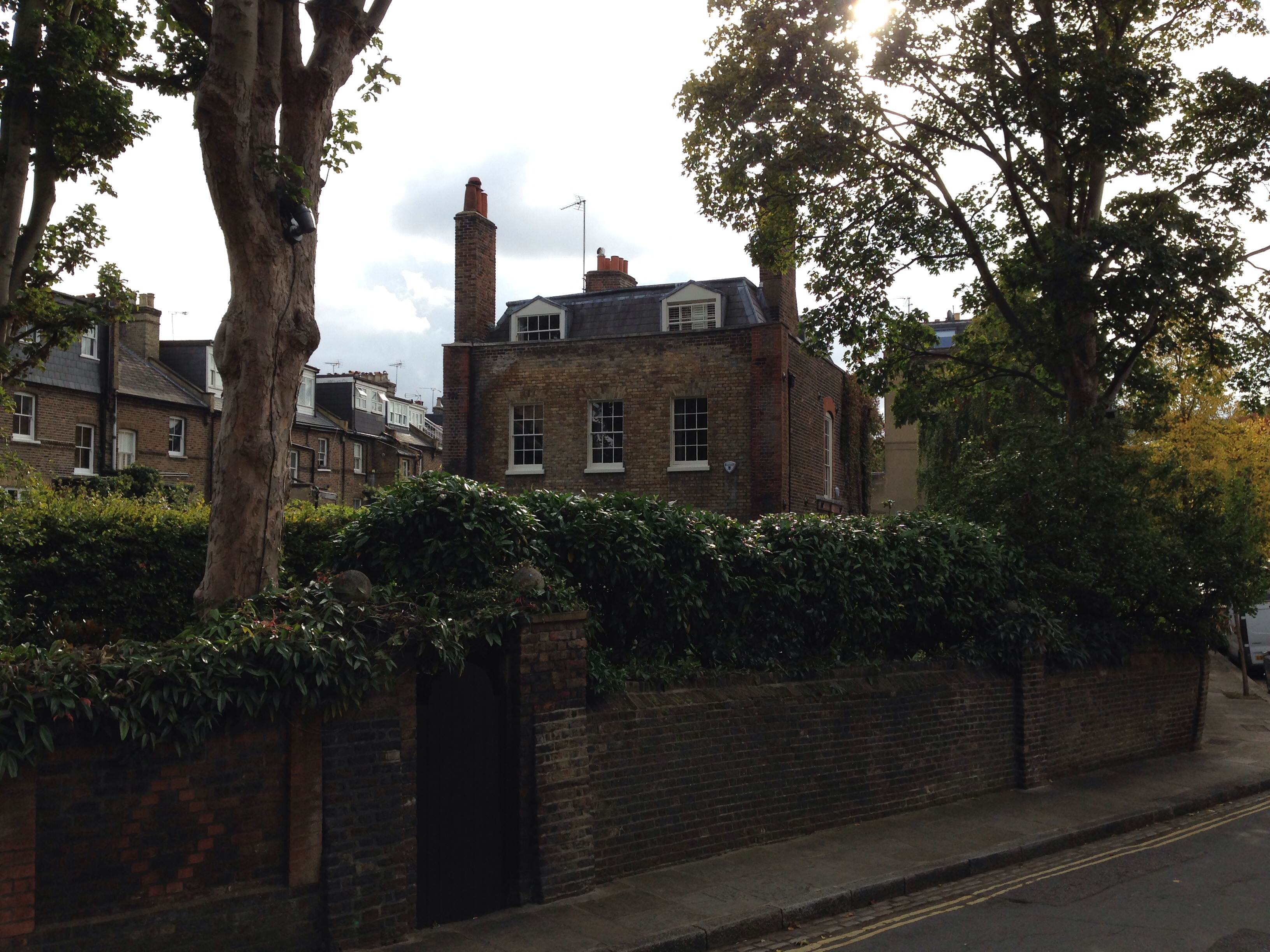Gardnor House on:
[Wikipedia]
[Google]
[Amazon]
 Gardnor House is a house in
Gardnor House is a house in
 Gardnor House is a house in
Gardnor House is a house in Hampstead
Hampstead () is an area in London, which lies northwest of Charing Cross, and extends from Watling Street, the A5 road (Roman Watling Street) to Hampstead Heath, a large, hilly expanse of parkland. The area forms the northwest part of the Lon ...
in the London Borough of Camden
The London Borough of Camden () is a London borough in Inner London. Camden Town Hall, on Euston Road, lies north of Charing Cross. The borough was established on 1 April 1965 from the area of the former boroughs of Hampstead, Holborn, and St ...
at the junction of Flask Walk
Flask Walk is a street in Hampstead in the London Borough of Camden. It runs eastwards from Hampstead High Street to a junction with Well Walk and New End Square. It is primarily residential but the western end of the street is a pedestrianise ...
and Gardnor Road. It has been listed Grade II* on the National Heritage List for England (NHLE) since August 1950.
It was built for Thomas Gardnor around 1736. The house is set over 3 storeys with an attic. It is made from yellow stock brick and is 4,600 sq ft in size. It was refronted to the back and front in the early 19th century. It has a mansard roof
A mansard or mansard roof (also called a French roof or curb roof) is a four-sided gambrel-style hip roof characterised by two slopes on each of its sides, with the lower slope, punctured by dormer windows, at a steeper angle than the upper. The ...
with tall chimney stacks in brick. One of the original rain-water heads and pipes in lead is inscribed 1736. The interior has an original 18th century staircase with turned balusters
A baluster is an upright support, often a vertical moulded shaft, square, or lathe-turned form found in stairways, parapets, and other architectural features. In furniture construction it is known as a spindle. Common materials used in its cons ...
, carved brackets and column newels. The house retains some original door cases and most rooms feature fireplaces, door cases and cornices from the early 19th century.
In the 1850s Gardnor House was occupied by a dealer in china porcelain and by the 1880s, an architect. The stained glass painter Henry Holiday bought the house in the 1890s.
The writers Kingsley Amis and Elizabeth Jane Howard moved to the house in 1977. Howard later left Amis and the house was sold in 1981.
A photograph of Gardnor House by John Gay
John Gay (30 June 1685 – 4 December 1732) was an English poet and dramatist and member of the Scriblerus Club. He is best remembered for ''The Beggar's Opera'' (1728), a ballad opera. The characters, including Captain Macheath and Polly Peac ...
is in the collection of the Hampstead Museum at nearby Burgh House.
Gardnor House was put up for sale in January 2019 for £12 million and sold for £10.8 million in October 2019.
References
{{coord, 51.55742, -0.17541, format=dms, type:landmark_region:GB, display=title Grade II* listed buildings in the London Borough of Camden Grade II* listed houses in London Houses completed in 1736 Houses in Hampstead